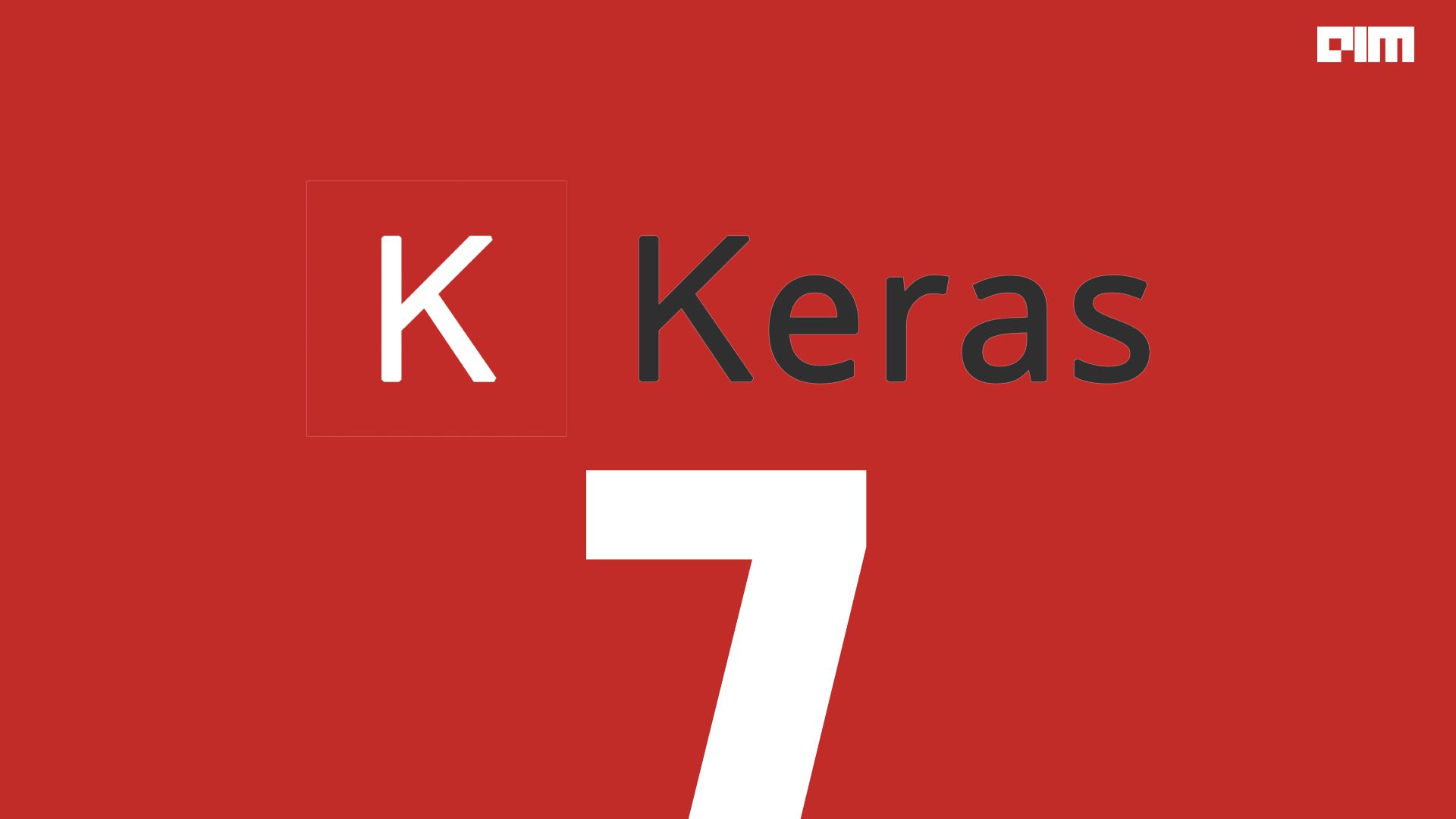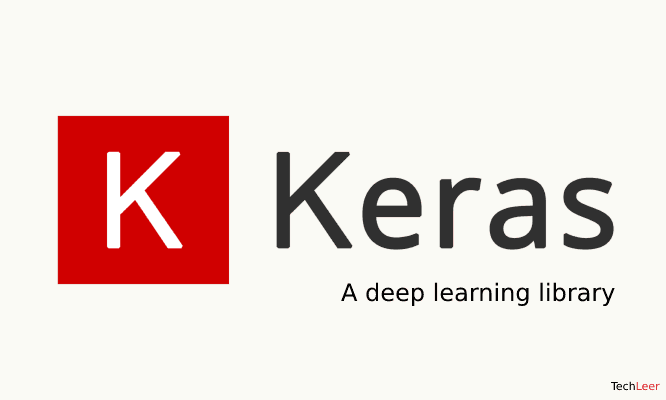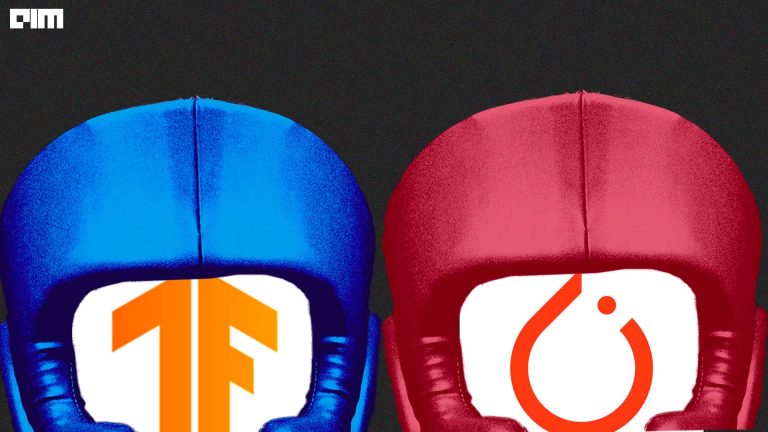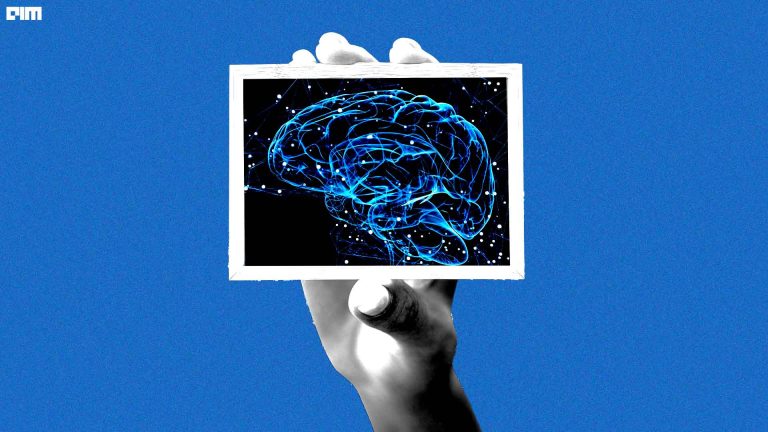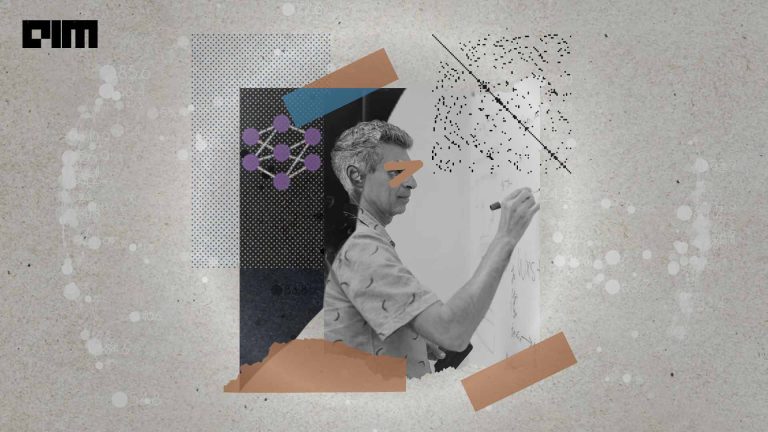Keras, an open-source software library that provides a Python interface for artificial neural networks, was launched in March 2015. In the Stack OverFlow Developers survey, 2021 Keras was rated as one of the most popular frameworks by developers. The open source library emerged from project ONEIROS (Open-ended Neuro-Electronic Intelligent Robot Operating System). The primary author and maintainer of Keras is Google engineer François Chollet.
Keras turns 7 tomorrow — it hit GitHub on March 27, 2015. Crazy how fast that went by…
— François Chollet (@fchollet) March 26, 2022
It's been amazing to see the project and its community take off over the years since! I feel like we're still just getting started.
Keras is a high level deep learning API written in Python for neural networks. It has over one million individual users as of late 2021. Keras allows users to productise deep models on smartphones, on the web as well as JVM. Until version 2.3, Keras supported multiple backends such as TensorFlow, Microsoft Cognitive Toolkit, Theano, and PlaidML. But from version 2.4, it only supportsTensorFlow.
Image: Stack OverFlow Developers Survey 2021
Twitterati chips in
Twitter joined in the celebration and paid homage to François Chollet’s brain child.
Happy birthday, Keras & congrats @fchollet!
— Ben Tseng (@BenjaminTseng) March 27, 2022
Keras allowed me (a non-CS degree/non-PhD) to contribute to applying AI/NLP to ophthalmology problems that wound up published 3 times and on 3 posters as well as build a stochastic optimizer. Looking forward to more! https://t.co/7tarZMB3u9
For me, it was Keras among other things that inspired me to take up deep learning as a potential career and leave a job I didn't like. It helped me boost my confidence too.
— Sayak Paul (@RisingSayak) March 27, 2022
May it continue to grow, prosper, and evolve. @fchollet THANK YOU! https://t.co/2NS804OV1l
— merve (@mervenoyann) March 26, 2022
Keras offers consistent and simple APIs, minimises the number of user actions required for common use cases, and provides clear and actionable feedback upon user error. Keras integrates deeply with low-level TensorFlow functionality and enables you to develop highly hackable workflows where any piece of functionality can be customised.
The evolution
Keras 1.0 was released in 2016. In a blog, Chollet said, “It isn’t a patch on top of the previous version, it is actually a re-writing of Keras nearly from scratch. It maintains backwards compatibility while introducing a series of major features, made possible by a better design under the hood.”
Keras 1.0 saw the introduction of a functional API and faster compilation. All RNNs came in two different implementations to choose from, to help get maximum performance across different tasks. It also had a new feature of modular metrics to monitor arbitrary lists of metrics on arbitrary endpoints of Keras models. Keras 2 was introduced in 2017.
KerasTuner
It is a scalable hyperparameter optimisation framework that configures the user’s search space with a define-by-run syntax, and uses one of the available search algorithms to find the best hyperparameter values for models. Bayesian Optimization, Hyperband, and Random Search algorithms built in it.
AutoKeras
AutoKeras is an AutoML system that provides high-level end-to-end APIs such as ImageClassifier or TextClassifier to solve machine learning problems in a few lines.
Why is Keras so popular?
Keras has emerged as a popular choice over the last seven years due to the following reasons:
- Keras models can be easily deployed across a range of platforms making it easy to use.
- Keras models can be developed with a range of different deep learning backends.
- Keras has strong multi-GPU support and distributed training support
- The research community for Keras is vast and highly developed. The documentation and help available are far more extensive than other deep learning frameworks.


